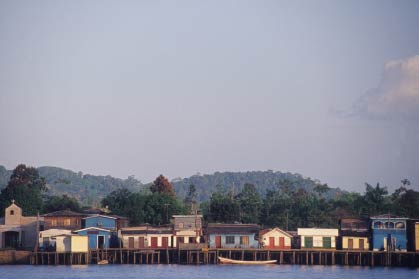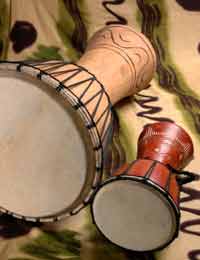
What is a Developing Country
According to the UN, a developing country is a country with a relatively low standard of living, undeveloped industrial base, and moderate to low Human Development Index (HDI). This index is a comparative measure of poverty, literacy, education, life expectancy, and other factors for countries worldwide. The index was developed in 1990 by Pakistani economist Mahbub ul Haq, and has been used since 1993 by the United Nations Development Programme in its annual Human Development Report.


- A long and healthy life, as measured by life expectancy at birth.
- Knowledge, as measured by the adult literacy rate (with two-thirds weight) and the combined primary, secondary, and tertiary gross enrollment ratio (with one-third weight).
Development entails a modern infrastructure (both physical and institutional), and a move away from low value added sectors such as agriculture and natural resource extraction. Developed countries usually have economic systems based on continuous, self-sustaining economic growth and high standards of living.